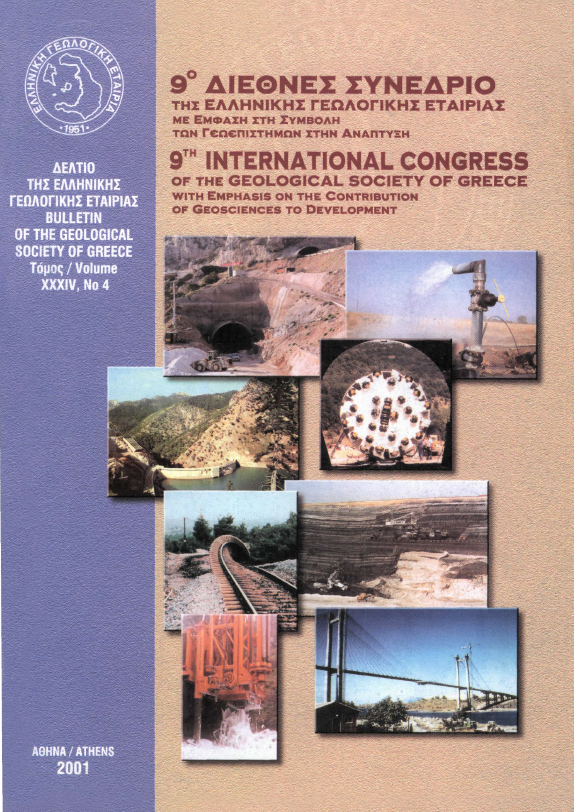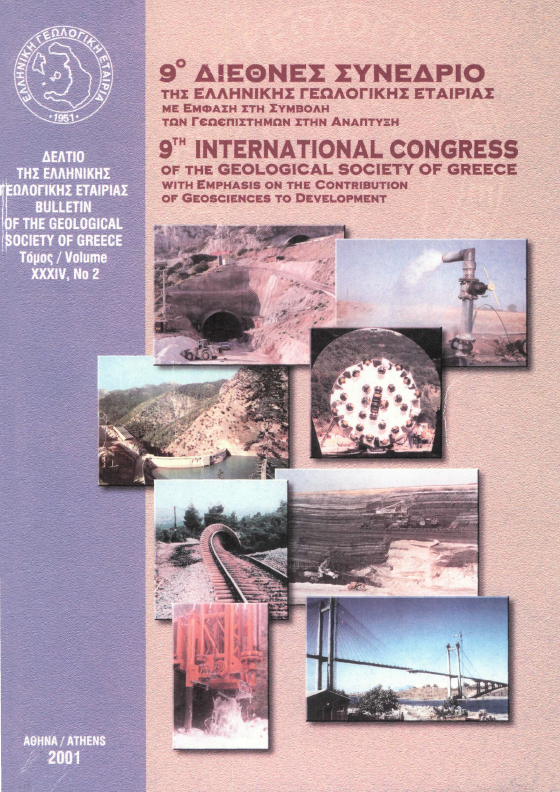MlCROPALEODOLOGICAL STUDY OF CORE Z1 FROM IONIAN SEA PALEOCLIMATOLOGICAL- PALEOOICOLOGICAL CONCLUSIONS
Résumé
The preliminary results based on the abundances of planktonic foraminifera and oxygen isotopes at the sediments of the core Z1, selected from the Ionian Sea (Otranto Basin) revealed three main climatic periods: Last Glacial, Late Glacial and Holocene. The warmest conditions of the studied interval prevailed during the formation of sapropel S1. Four stadials occurred during Late Glacial and Holocene. The older corresponds to Younger Dryas event, while the other three occurred during Holocene. The establishment of warm and low salinity surficial waters seems that caused the reduction of water mass circulation and thus the formation of the sapropel S1. Although the presence of a stadial around the middle of the S1, no distinct interruption of the sapropelic sedimentation have been occurred. The younger stadial coincides with the end of the sapropel S1. The evolution of the planktonic assemblages seems to be similar with that of the Central Mediterranean for the studied interval. Therefore, almost all the biozones and ecozones of the Central Mediterranean have been recognized at the sediments of Z1. The application of the factor analysis revealed four factors. The first two correspond to the variation of SST, while the other two are related to the development of high fertility waters during cold periods and during the formation of S1.
Article Details
- Comment citer
-
Γεραγά Μ., Μυλωνά Γ., Τσαϊλά-Μονόπωλη Σ., Παπαθεοδώρου Γ., & Φερεντίνος Γ. (2018). MlCROPALEODOLOGICAL STUDY OF CORE Z1 FROM IONIAN SEA PALEOCLIMATOLOGICAL- PALEOOICOLOGICAL CONCLUSIONS. Bulletin of the Geological Society of Greece, 36(2), 745–753. https://doi.org/10.12681/bgsg.16806
- Rubrique
- Paleontology

Ce travail est disponible sous licence Creative Commons Attribution - Pas d’Utilisation Commerciale 4.0 International.
Authors who publish with this journal agree to the following terms:
Authors retain copyright and grant the journal right of first publication with the work simultaneously licensed under a Creative Commons Attribution Non-Commercial License that allows others to share the work with an acknowledgement of the work's authorship and initial publication in this journal.
Authors are able to enter into separate, additional contractual arrangements for the non-exclusive distribution of the journal's published version of the work (e.g. post it to an institutional repository or publish it in a book), with an acknowledgement of its initial publication in this journal. Authors are permitted and encouraged to post their work online (preferably in institutional repositories or on their website) prior to and during the submission process, as it can lead to productive exchanges, as well as earlier and greater citation of published work.





